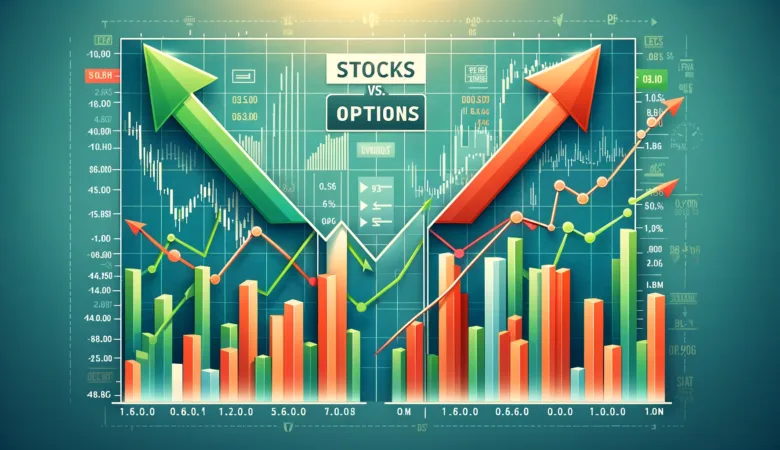Dividend stocks to buy
When you’re retired or are approaching retirement or just want to make some extra money from your investments, having significant sources of monthly passive income can provide you with some extra peace of mind. There are quite a few stocks that pay a good dividend and are stable investments. These are just some of the stocks that I personally like and hold or will hold a position in the near future.
Apple:
Investors should look beyond high-yield stocks, as these can sometimes indicate financial difficulties or stagnant growth in companies. Instead, a more effective strategy for accumulating dividend income for retirement is to focus on firms demonstrating dividend growth. Companies with a history of increasing their dividends typically indicate rising product demand and management’s confidence in the company’s future prospects.
Take Apple as a prime example. In the last decade, its annual dividend has surged by 130%, more than doubling its 2013 fiscal year dividend. With a 12-year streak of dividend hikes and only 14% of earnings allocated to dividends, Apple is well-positioned to boost dividends even in challenging economic times.
Currently, Apple’s dividend yield stands at a modest 0.49%. However, over the next 20 years, if Apple consistently doubles its dividend every decade until 2043, investors purchasing shares now could see a yield on their initial investment nearing 2%. Further, if Apple increases its payout to around 30% of its earnings, this yield could reach as high as 4%.
Apple’s long-term growth potential is promising, driven by expanding its active device user base, launching innovative products (like the Vision Pro in 2024), and growing its lucrative services sector. These elements not only fuel future dividend increases but also contribute to the company’s robust profitability.
The iPhone, accounting for half of Apple’s annual revenue, has solidified its status as one of the world’s most profitable companies. With $99 billion in free cash flow from $383 billion in revenue over the past year, Apple is well-equipped to introduce new products, sustain profitable growth, and enhance dividend payouts for years ahead.
Costco
Costco is widely respected for its strong appeal and consistent performance. Its dedicated customer base is drawn to the stores for their value-packed bulk items.
The company’s robust position in the retail sector is anchored by its membership model and commitment to offering quality products at competitive prices, leading to top-tier customer satisfaction ratings within the industry.
Costco’s stock has been an exceptional investment since its 1985 IPO, delivering an impressive return of 71,000%, excluding dividends.
Looking ahead, Costco’s potential for continued success remains high. The company has successfully navigated the challenges posed by e-commerce and Amazon, continues to expand its store presence domestically and internationally, and is making strides in the e-commerce space too.
While Costco’s dividend yield of 0.65% may not seem substantial, the company is known for issuing substantial special dividends periodically, sometimes as high as $10 per share. There’s also anticipation for its next special dividend, which could potentially surpass previous amounts.
In the face of various economic, retail sector, or technological shifts, Costco is poised to maintain its trajectory of solid, reliable growth. It consistently rewards shareholders through cash returns and remains a promising investment for the next two decades, making it one of the most straightforward choices for investors.
Main Street Capital
Main Street Capital offers a stable monthly dividend, making it an attractive option for investors seeking consistent passive income. Here’s why it’s a compelling buy:
Profitable Business Model: As a Business Development Company (BDC), Main Street Capital excels at connecting smaller, growing businesses with needed capital, either acquiring an equity stake or a debt interest with high returns.
Established and Diversified Investment Portfolio: With close to three decades in business, Main Street Capital has become a key player in the BDC space. It strategically invests in lower-middle-market businesses, those generating annual revenues between $10 million and $150 million. The company manages $4.8 billion in assets and advises on an additional $1.6 billion, with investments in 194 companies across diverse sectors. This broad exposure underlines its robust market presence, with a huge potential market of over 195,000 businesses in its target segment.
Resilient in a High-Interest-Rate Environment: Main Street Capital benefits when interest rates rise. With 70% of its debt at fixed interest rates and 73% of its debt investments bearing floating rates, the company enjoys a widening spread in high-interest scenarios.
Attractive Dividend Yield and Payout Ratio: To maintain its BDC status and tax advantages, Main Street Capital distributes at least 90% of its taxable income in dividends. This results in a significant yield of 6.9%, substantially higher than the S&P 500’s average. In 2022, its dividend payout ratio was a sustainable 85% of its distributable net investment income, indicating a healthy financial status.
Consistent Dividend Growth: Since going public nearly 16 years ago, Main Street Capital’s dividends have increased by 105%, reflecting steady growth and financial strength. This trend, coupled with a manageable payout ratio, suggests continued dividend growth in the future.
Solid Fundamentals: Main Street Capital’s fundamentals are robust, evidenced by its performance over the years. Despite not being undervalued, its price-to-tangible-book ratio of about 1.5, slightly above its 10-year median, indicates the stock is still a smart purchase for those focused on yields.
In summary, Main Street Capital stands out for its profitable business model, diversified investments, resilience in varying interest rate environments, appealing dividend yield, consistent dividend growth, and solid fundamentals, making it a prudent choice for income-focused investors.
Procter & Gamble
2023 has not been a good year so far for Procter & Gamble (PG -0.48%) investors. The stock is down a little over 4% year to date, compared to a near 20% gain for the S&P 500. To be fair, the underperformance is expected. A stodgy dividend-paying stock like P&G is likely to underperform in a great market year, simply because epic years of outperformance are usually driven by growth stocks, not income and value securities
What has been particularly impressive about P&G over the last two years or so is its pricing power. P&G’s sales volumes have taken a hit due to inflationary pressures. To combat these pressures, the company has turned to steep price increases across its product lines, which have been largely absorbed by customers.
In its recent quarter, P&G implemented a 7% average price increase across the board, which contributed all of the organic growth in the face of a 1% overall decline in volume. The company’s ability to pass along higher costs to consumers is a testament to its brand power — which sounds a little strange.
After all, is Tide detergent really that much better than the generic brand? But the results indicate that P&G has a secret sauce that’s working
P&G’s 23.6 price-to-earnings ratio and 2.6% dividend yield aren’t eye-catching on the surface, especially for value investors or those interested in a high yield. But the company makes up for its premium valuation and decent yield with its reliability. After all, what good is a high yield if the capital losses outweigh the dividend income?
Over the last five years, P&G has given investors a solid total return (nearly as good as the S&P 500), while boosting its dividend by over 30% and reducing its share count by over 5%.
Final Thoughts:
Owning individual stocks does carry certain risks, but selecting stocks that pay dividends can partially offset these risks. This is because, even when the stock’s value decreases due to market fluctuations, you can still benefit from the dividends paid out. It’s crucial to conduct thorough research and determine which stocks align best with your risk tolerance and investment goals before making any decisions.






Leave a Reply